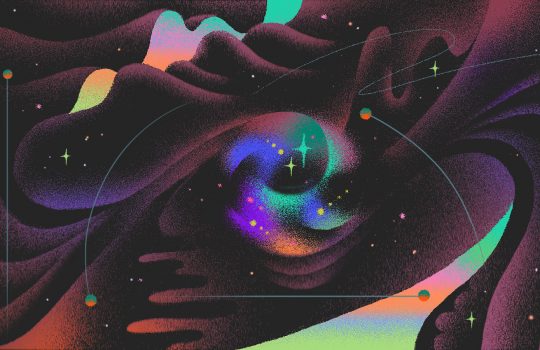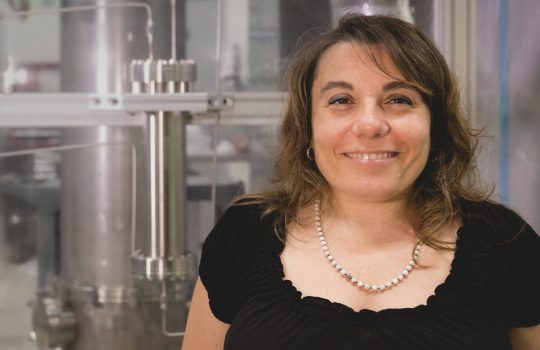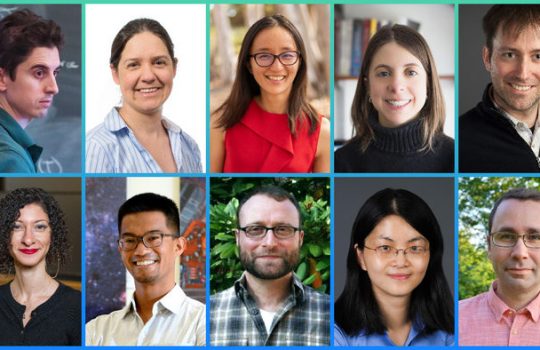Massless particles can’t be stopped
Imagine a particle. What comes to mind? If you aren’t a theoretical particle physicist, chances are you picture a tiny ball, bobbing in space. But that’s not quite correct. One way to prove it: Try to imagine that tiny ball as a particle with no mass. If a particle has no mass, how can it exist?



